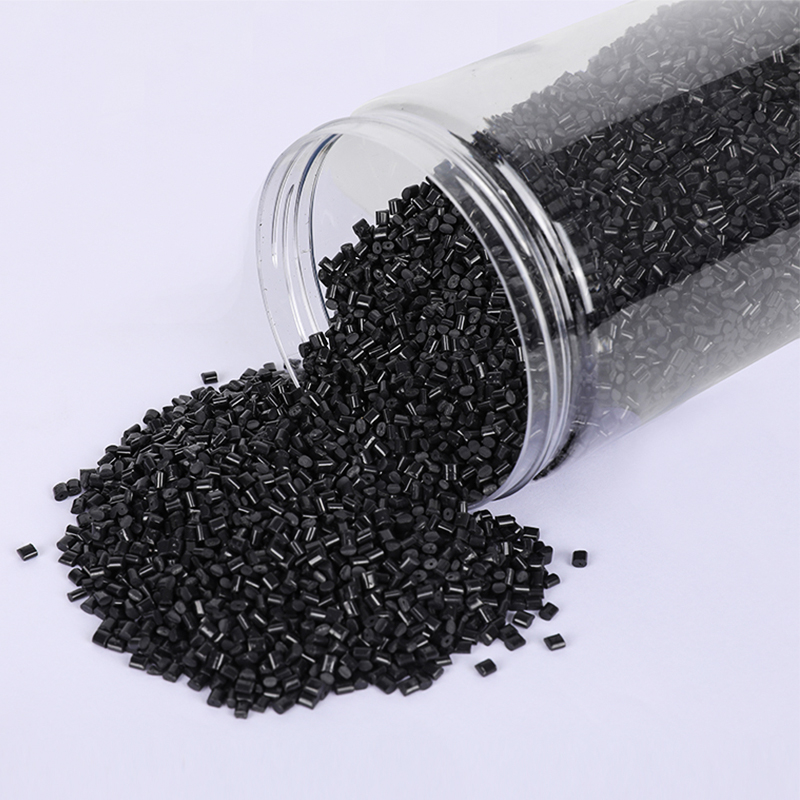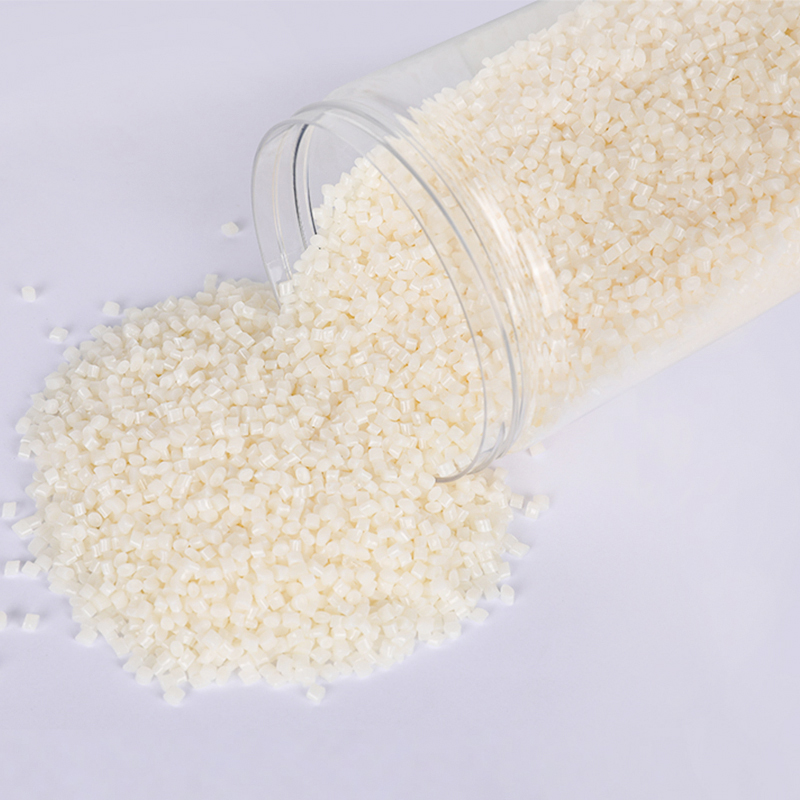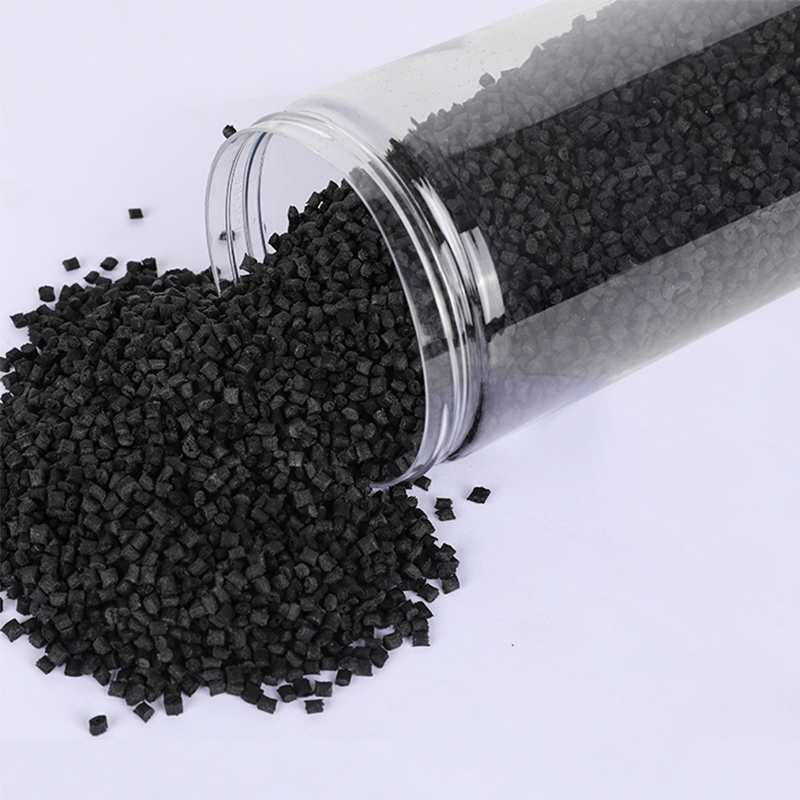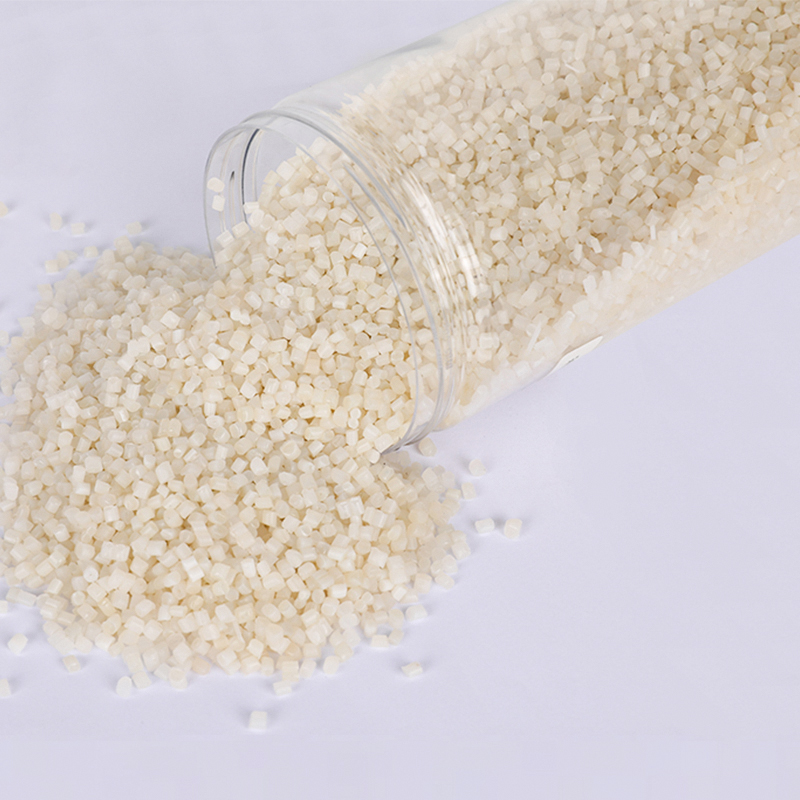Stay up to date with our recent products
Web Menu
Product Search
Exit Menu
How New Plastic Is Produced from Raw Materials
Overview: from raw feedstock to finished plastic pellets
Producing new plastic from raw materials is a multistep industrial process converting hydrocarbons or renewable feedstocks into polymer resins. The main stages are feedstock preparation, monomer production (commonly ethylene, propylene, PTA for PET), polymerization to form macromolecules, finishing (additives, compounding, pelletizing), and quality control. Each stage requires process-specific equipment, tight control of temperature/pressure, and catalyst or initiator selection to reach target molecular weight, melt index, and mechanical properties.
Feedstocks and monomer routes
Common raw feedstocks are naphtha, ethane, propane, natural gas liquids (NGLs) and biomass-derived streams. Steam cracking of naphtha/ethane yields light olefins — primarily ethylene and propylene — which are the baseline monomers for polyethylene (PE) and polypropylene (PP). For polyethylene terephthalate (PET), the common monomers are ethylene glycol (EG) and purified terephthalic acid (PTA), produced from para-xylene via oxidation and purification steps. Bio-based feedstocks follow similar monomerization steps but start from sugars or bio-oils that are fermented/chemically converted to platform molecules (e.g., bio-ethylene from bio-ethanol). Key variables: feedstock composition, required purification steps (water, sulfur, aromatics), and downstream yield targets.
Detailed step: cracking and monomer purification
Steam cracking is the industry standard for converting heavier hydrocarbons to olefins. Typical conditions: furnace outlet coking temperatures of 750–900°C with residence times of <0.5–1.5 seconds in the radiant zone. Product gases are rapidly quenched, compressed, and fractionated in cryogenic units to isolate ethylene, propylene, and C4 streams. Purity specifications are tight: commercial-grade ethylene for polymerization often requires >99.9% purity with minimal acetylene and dienes. Purification uses selective hydrogenation (to remove acetylene), caustic scrubbing (CO2 removal when needed), and distillation columns operated under vacuum for high separation efficiency.
Key purification steps
- Hydrogenation of acetylenes and diolefins to prevent catalyst poisoning during polymerization.
- Cryogenic fractionation to reach C2/C3 product cuts with targeted boiling-point separations.
- Molecular-sieve dehydration and gas-drying for streams used in oxidation or esterification (PET-related).
Polymerization technologies and critical parameters
Polymerization method selection depends on the polymer and targeted properties. For PE and PP, commercial processes include gas-phase fluidized-bed, slurry (suspension), solution, and bulk-phase polymerizations. Key parameters include temperature, pressure, catalyst type, comonomer content, and residence time. For step-growth polymers like PET, melt polycondensation with staged vacuum and temperature increases controls molecular weight. Reactor design choices (continuous vs batch, tubular vs stirred) directly affect molecular-weight distribution, branching, and melt flow index.
Examples of process conditions
- Gas-phase PE (HDPE/LLDPE): 60–90°C, 1–5 bar, Ziegler–Natta or single-site (metallocene) catalysts; residence time hours to steady state in continuous beds.
- Slurry polymerization (some LLDPE/HDPE grades): -10 to 80°C (depending on solvent), moderate pressure; slurry removed and solvent recovered by devolatilization.
- PP (bulk or gas-phase): 50–90°C with Ziegler–Natta catalysts; H₂ flow controls molecular weight (chain transfer).
- PET polymerization: esterification at 260–280°C followed by polycondensation under vacuum (<5 mbar) to reach target intrinsic viscosity.
Catalysts, initiators and additives — selection and handling
Catalysts determine activity, stereoregularity (for PP), and control over branching and comonomer incorporation. Ziegler–Natta catalysts (TiCl₄/MgCl₂ supports) are economical for PP and PE; metallocenes give narrow molecular-weight distributions and precise comonomer placement. Radical initiators (peroxides, azo compounds) are used for PVC and some specialty polymers. Additives (antioxidants, UV stabilizers, plasticizers, flame retardants, nucleating agents) are introduced post-polymerization in compounding steps to tailor performance. Safe handling of catalysts and initiators requires inert atmospheres, controlled dosing systems, and explosion-proof equipment when organic peroxides are present.
Reactor configurations and scale-up considerations
Common commercial reactors include continuous stirred-tank reactors (CSTRs) for emulsion or solution polymerizations, tubular reactors for high-temperature fast reactions, and fluidized-bed reactors for gas-phase polymerization. Scale-up requires attention to heat removal (exotherm control), mass transfer (gas–solid contacts in fluidized beds), and mixing patterns to avoid hotspots and fouling. Heat-transfer coefficients, catalyst deactivation rates, and residence time distributions must be validated at pilot scale before reaching multi-ton-per-hour commercial units.
Practical scale-up checklist
- Validate catalyst lifetime and regeneration strategies at pilot scale.
- Demonstrate heat-removal capacity — design spare margin for runaway scenarios.
- Quantify devolatilization and solvent recovery efficiency to meet emissions targets.
Finishing: compounding, pelletizing and packaging
After polymerization, resins are stabilized and compounded with additives in twin-screw extruders to ensure homogeneous distribution. Melt filtering removes gels and contaminants, and strand pelletizers form uniform pellets. Typical pelletizing includes strand cooling in water baths followed by pellet cutting and drying. Moisture control in hygroscopic resins (e.g., PET) is critical: drying to <50 ppm moisture may be required prior to final crystallization or molding. Final packaging is done in sealed big-bags or multi-layer bags with oxygen/moisture barriers for sensitive grades.
Quality control and typical analytical tests
Quality control targets vary by resin but generally include melt flow index (MFI) or melt flow rate (MFR), density, molecular-weight distribution (by GPC), intrinsic viscosity (for PET), tensile strength, elongation at break, and contaminant/gels count. Process analytical technology (PAT) — inline near-infrared (NIR) spectroscopy, online rheometry, and gas analysis — helps detect process drift early and maintain consistent product specifications.
Common QC limits for commodity resins
| Resin | Typical property | Commercial spec (example) |
| HDPE | Density | 0.941–0.965 g/cm³ |
| LLDPE | MFR (190°C/2.16 kg) | 0.2–2.0 g/10 min |
| PP | MFI (230°C/2.16 kg) | 0.5–30 g/10 min (grade dependent) |
| PET | Intrinsic viscosity (IV) | 0.60–0.85 dL/g (bottle grade) |
Environmental, safety and regulatory considerations
Emissions from cracking and polymerization (VOCs, CO, NOx, particulate) must be managed with catalytic oxidizers, scrubbers and thermal oxidizers. Worker safety includes management of flammable gases, toxic catalyst dusts, and high-temperature systems; explosion-proof electrical classification and gas-detection networks are standard. Regulatory compliance often requires permitting (air, water, waste), and increasingly, disclosure of lifecycle greenhouse-gas intensity. Manufacturers incorporate energy-recovery systems, heat integration, and solvent recycling to reduce environmental impact.
Troubleshooting common production issues
Typical production problems include uncontrolled molecular-weight drift, gel formation, poor pellet quality, and catalyst fouling. Effective troubleshooting follows root-cause analysis: check monomer purity and oxygen ingress first (oxygen inhibits many polymerizations), then verify catalyst dosing and feed rates, assess reactor temperature profiles for hotspots, and inspect downstream filtration and devolatilization equipment. Maintaining accurate mass balances and repeating small-scale lab polymerizations with suspect feedstreams helps isolate process variables.
Operational best practices and continuous improvement
Operational excellence relies on continuous monitoring, preventive maintenance, and training. Implement standardized start-up/shutdown protocols, catalyst-change procedures, and spare-part inventories for critical heat-exchanger and compressor components. Use statistical process control (SPC) on key metrics (MFI, density, IV) to detect drift. For sustainability, consider co-processing bio-feedstocks, integrating hydrogen from low-carbon sources, and designing processes amenable to chemical recycling streams (i.e., tolerance to some contaminants).
Summary: designing a production route for a new resin grade
Designing a production route begins with target properties (mechanical, thermal, optical), then selecting monomer/feedstock, catalyst, polymerization technology, and finishing steps that achieve those properties at acceptable cost and environmental footprint. Pilot-scale validation, rigorous QC, and safety/permitting planning are essential before commercial launch. With proper process control and integration, modern manufacturing can deliver consistent, high-quality plastic resins tailored for diverse applications while minimizing waste and emissions.
As China PCR Recycled Plastic Granules Factory, We always adhere to the experience and philosophy of "keeping up with the times, constantly innovating, developing efficiently, and cooperating for mutual benefit"

Address: No.11, Wangzhuang Section, Provincial Road 01, Daqiao New Area, Economic Development Zone, Haiyan County, Jiaxing City, Zhejiang Province, China
Phone: +86-18058285678
Fax: +86-0573-86868101
E-mail: [email protected]
SUNRISE GROUP(Overseas Exclusive Agent)
www.sunrisechemical.com
2024 ICIS Global Chemical Distributor Top 8
Export Sales Manager:Helen Zhang
Mob/Whatsapp: +86 19883063465
Email: [email protected]
Copyright © Jiaxing Anyiju Plastic Industry Co., Ltd. All Rights Reserved

 简体中文
简体中文 English
English







